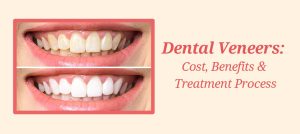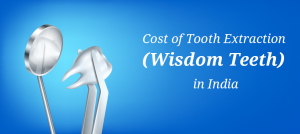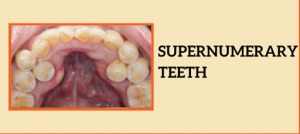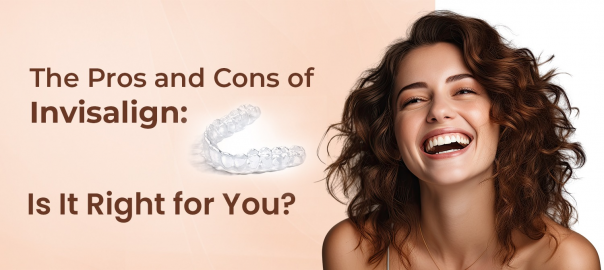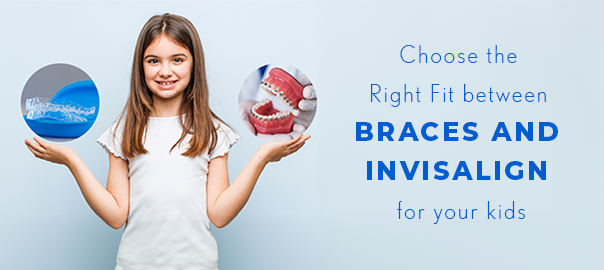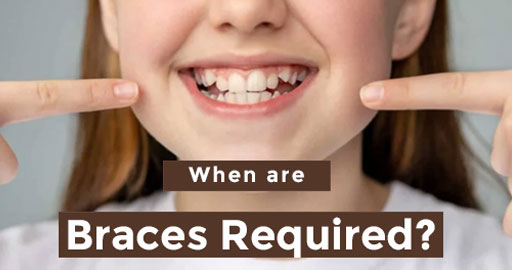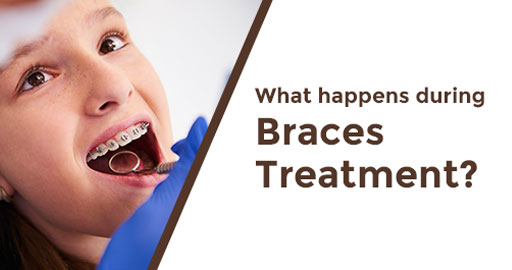
Pros and Cons of Invisalign Braces
Invisalign has completely revolutionized the way patients seek orthodontic treatments. It has allowed smile correction to be a discrete and convenient procedure compared to traditional braces. But every technological advancement has pros and cons, and so does Invisalign. We, the experts at Clove, help you make an informed decision. Let’s walk through them one step at a time.
Pros:
- Aesthetics: Invisalign alignersare nearly invisible; it is difficult to determine if an individual is wearing them. This feature allows individuals to fix their teeth without drawing attention to themselves.
- Removable: Invisalign allows its users to remove their aligners at their will. This feature ensures comfortable eating and more efficient oral hygiene maintenance than metal braces.
- Comfort: Because they do not contain metal wires and brackets and are composed of smooth plastic, Invisalign aligners have reduced the discomfort and irritation experienced. There are also fewer instances of mouth sores and injuries.
- Treatment Visibility: Invisalign’s digital treatment plan allows one to visualize the projected results and the steps to reach them. This transparency keeps them motivated.
- Convenience: The setting and adjustments of metal braces require more frequent visits for adjustment. Meanwhile, for Invisalign, the patient receives multiple sets of aligners in advance, thus resulting in fewer in-person appointments.
Cons:
- Compliance: This becomes a significant factor in determining treatment results. The patient must wear Invisalign aligners for 20-22 hours daily to obtain planned results. Not wearing them as directed leads to prolonged treatment time or a different outcome.
- Speech Impediment: It takes a while for the person to get comfortable speaking with the aligners. The person experiences a slight lisp during the initial days but gets better with continued usage and time.
- Potential Discomfort: While generally less painful than traditional
braces, some individuals may experience temporary discomfort or pressure when switching to a new set of aligners. This discomfort typically subsides within a few days. - Cost: The cost of Invisalign treatment varies with the case’s complexity and predicted treatment duration. Its added features also make it more expensive than traditional braces. Insurance coverage for Invisalign might also vary.
Conclusion
In conclusion, Invisalign offers several advantages in aesthetics, comfort, and convenience. However, it’s essential to understand your specific dental needs, consider factors like compliance and suitability, and assess whether Invisalign aligns with them. Consulting an experienced Orthodontist helps determine and confirm whether Invisalign is the right choice for achieving the dream smile.







